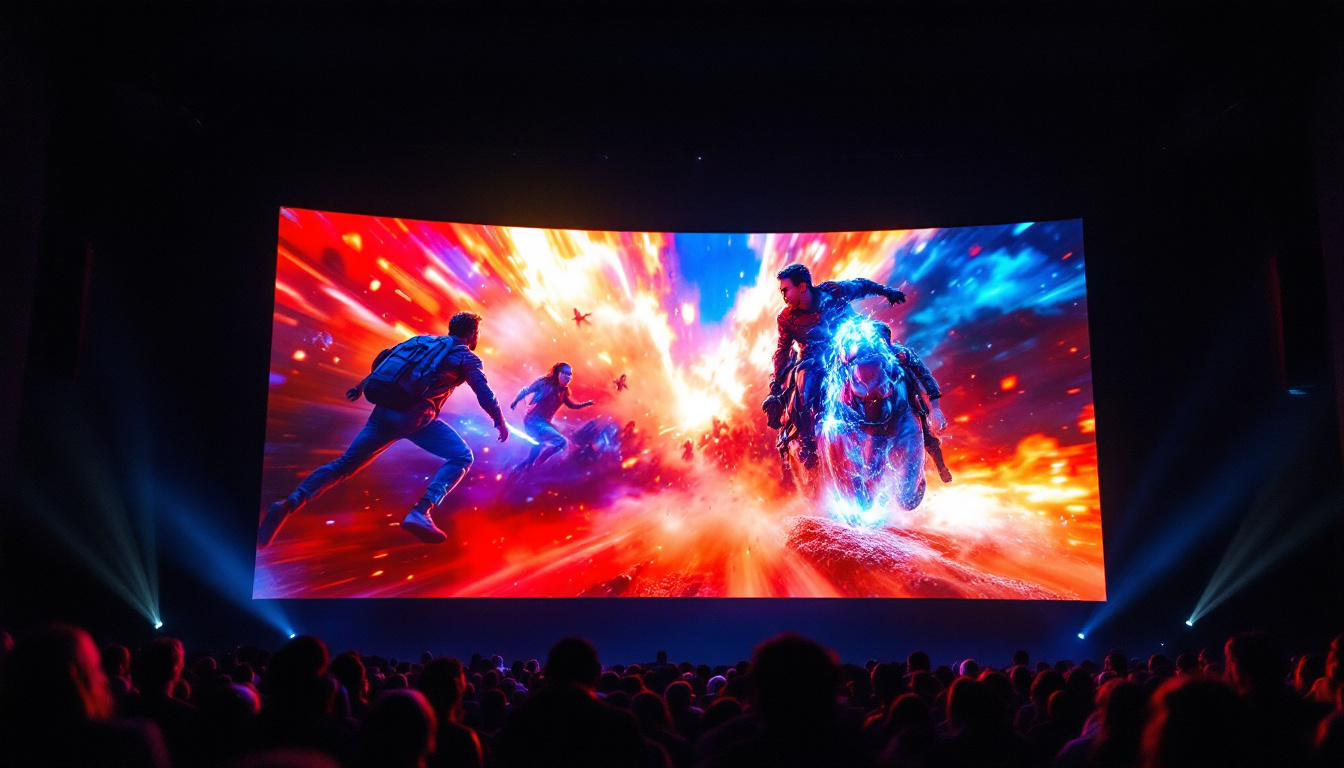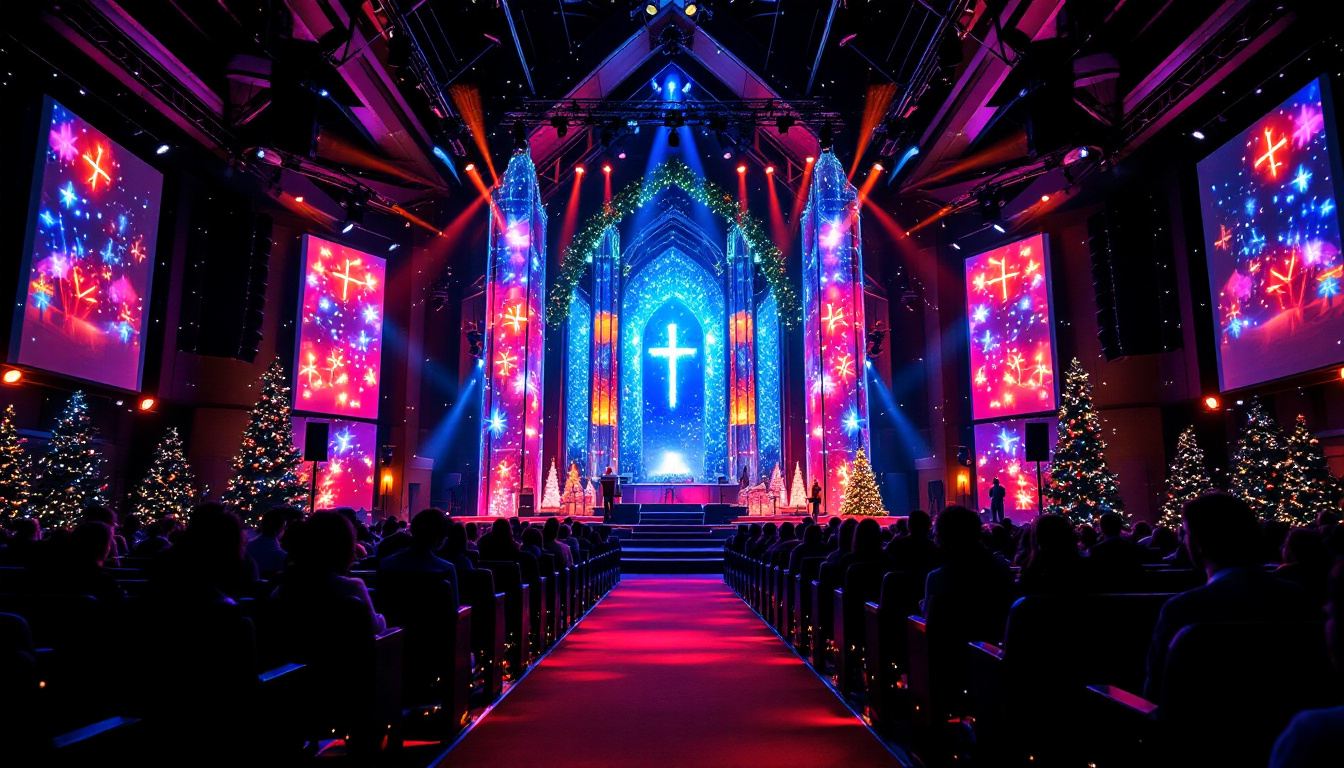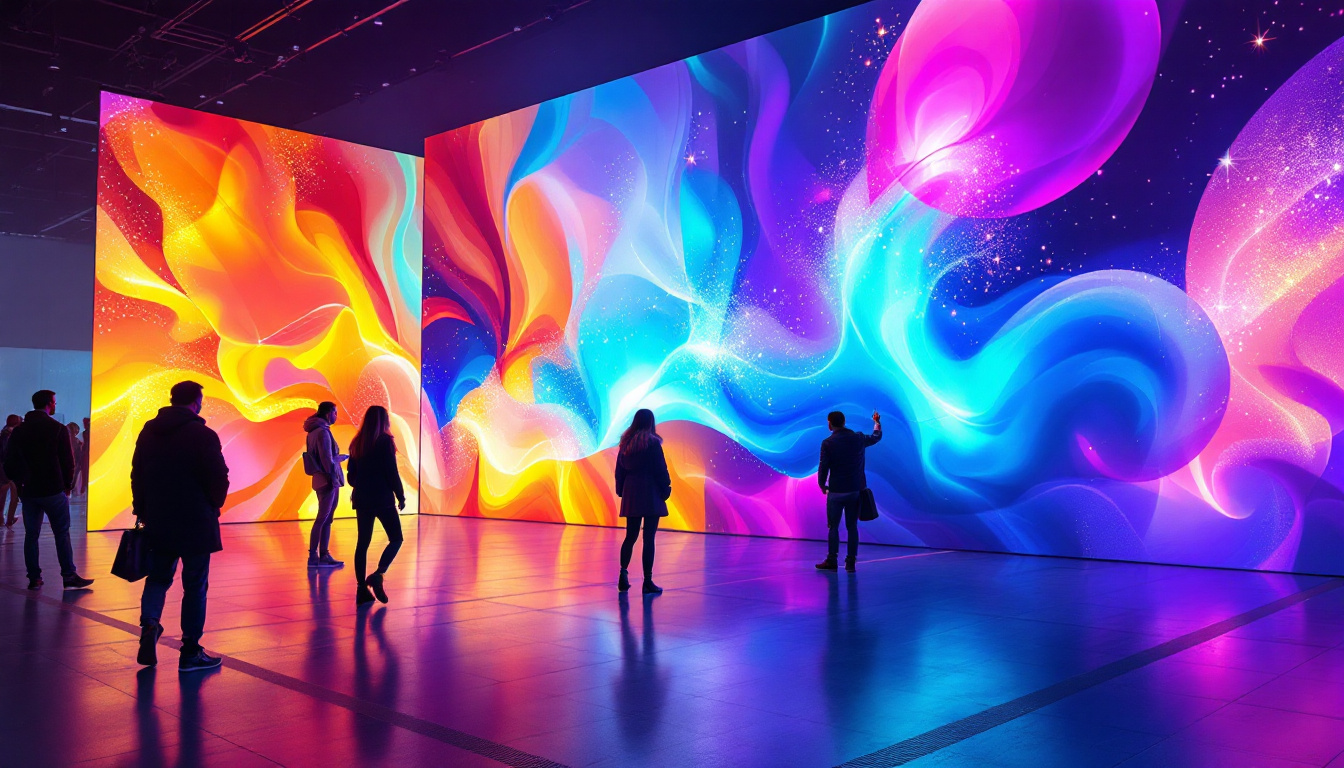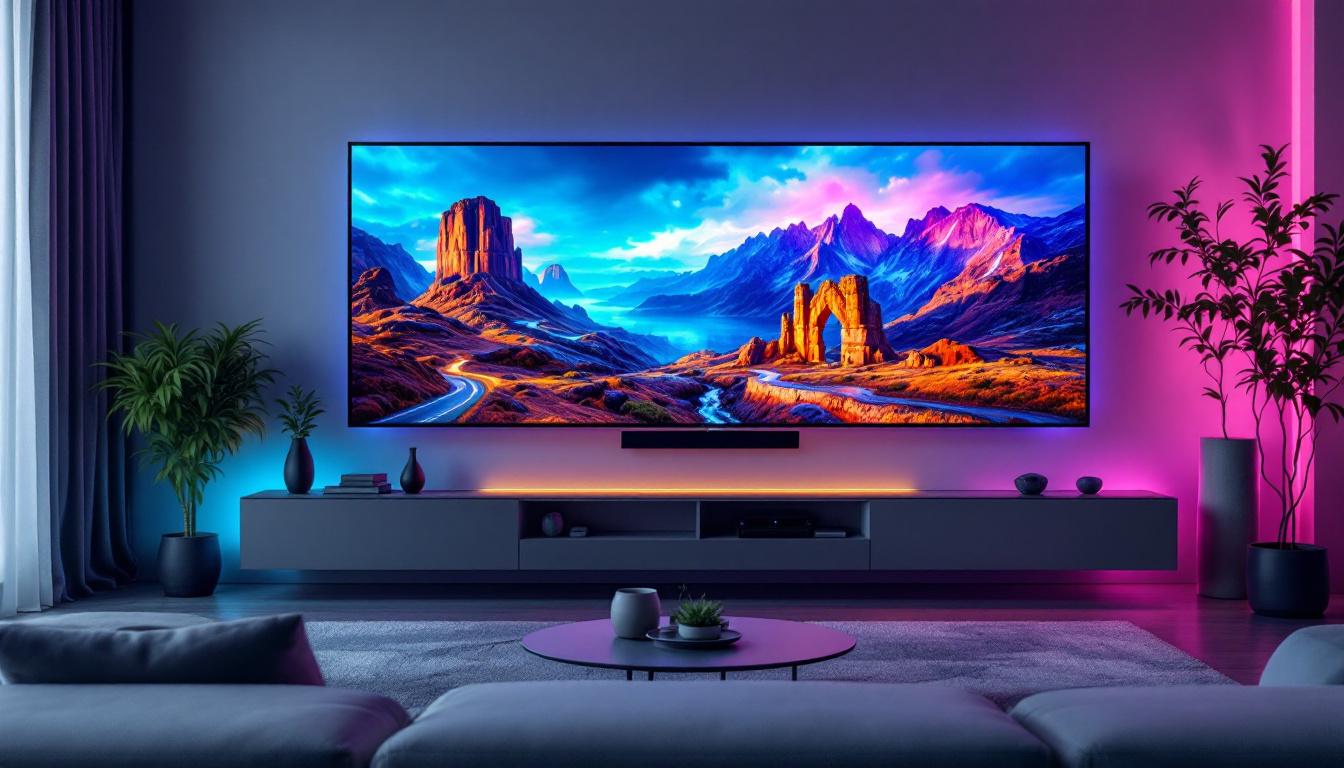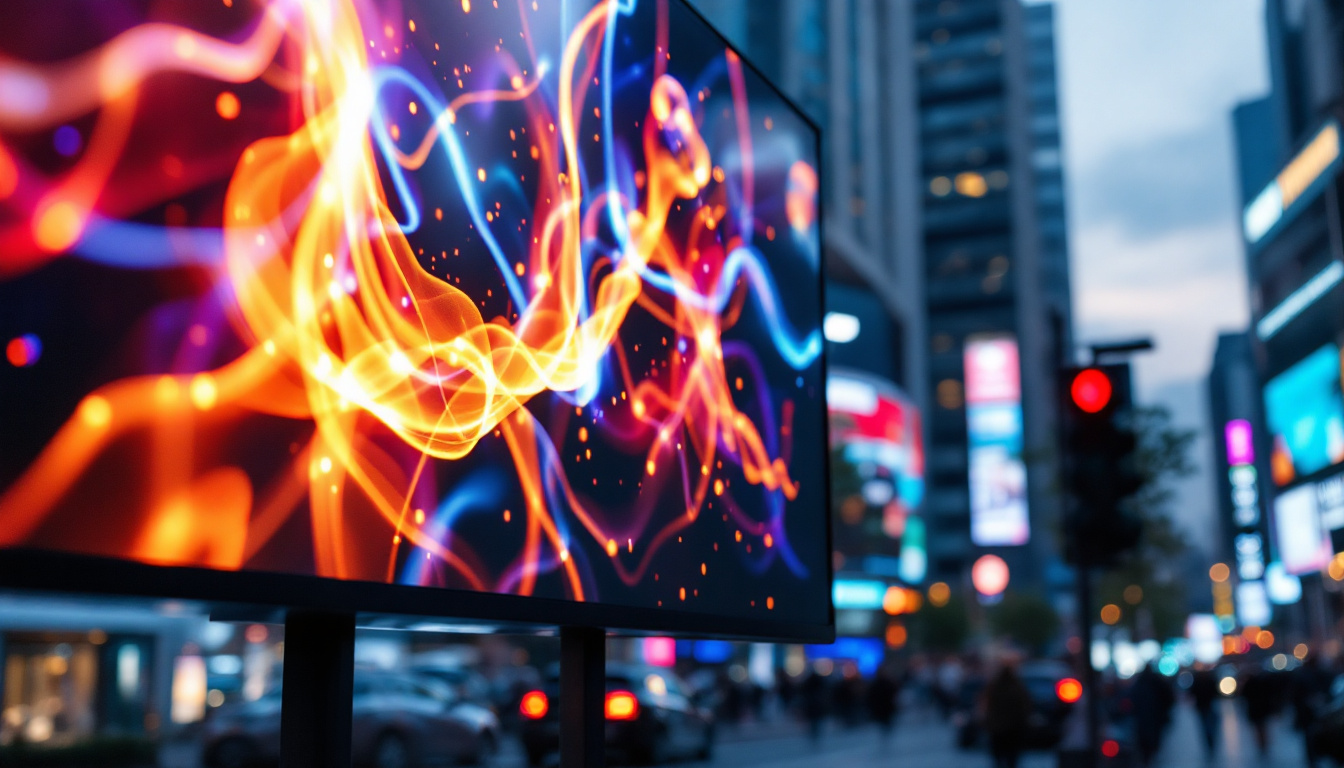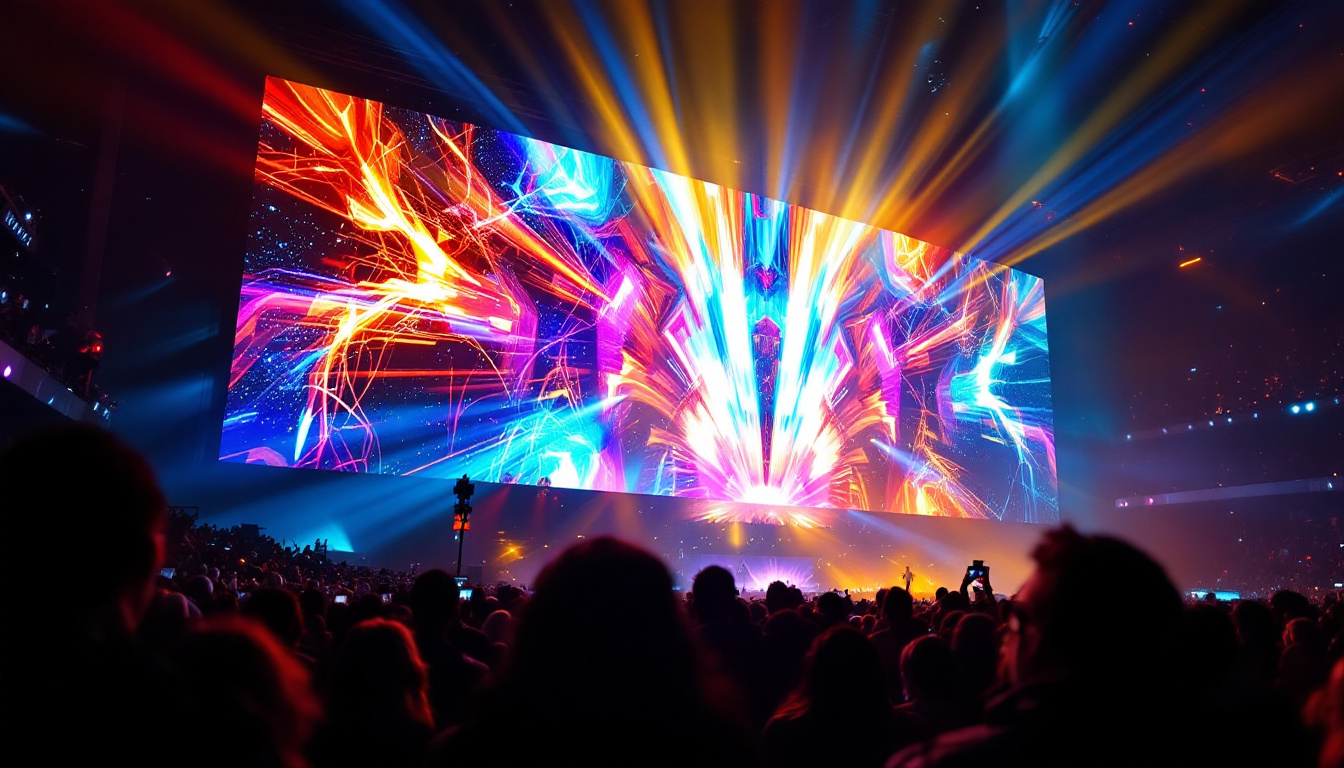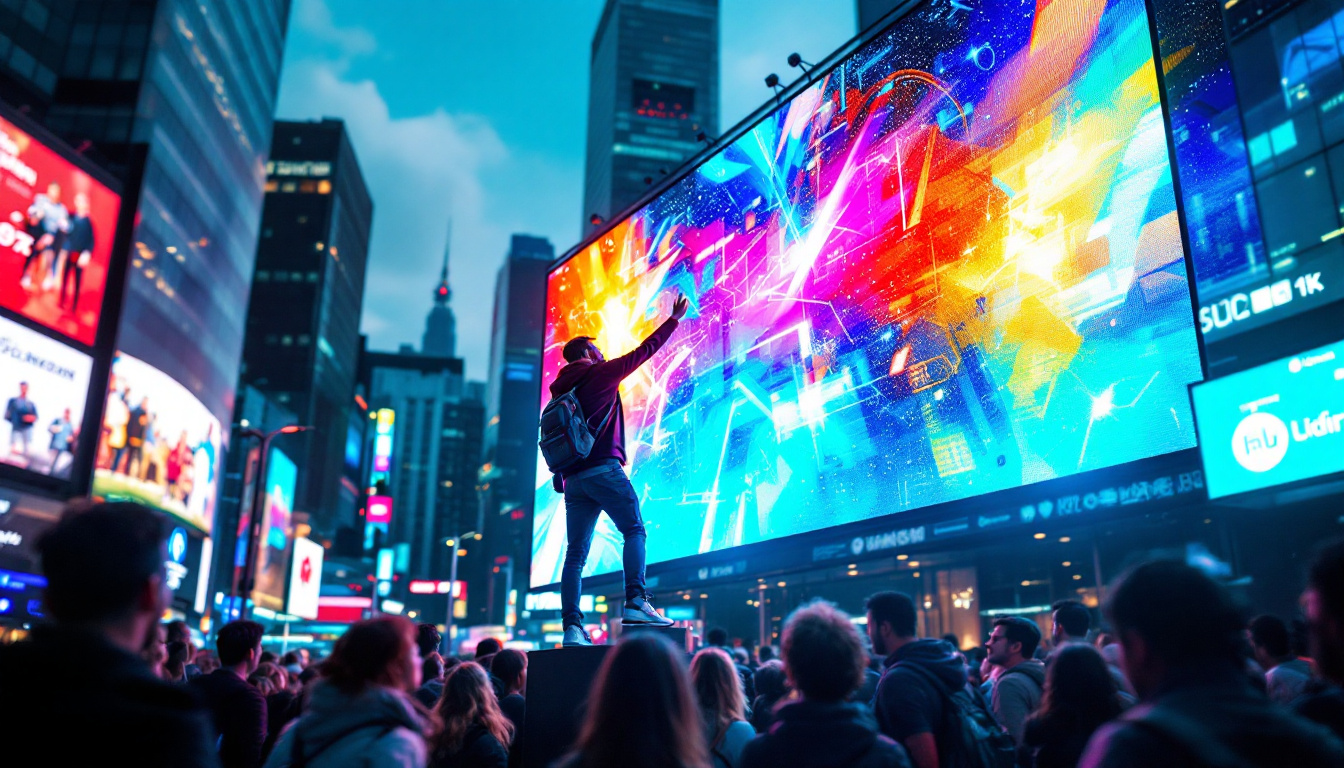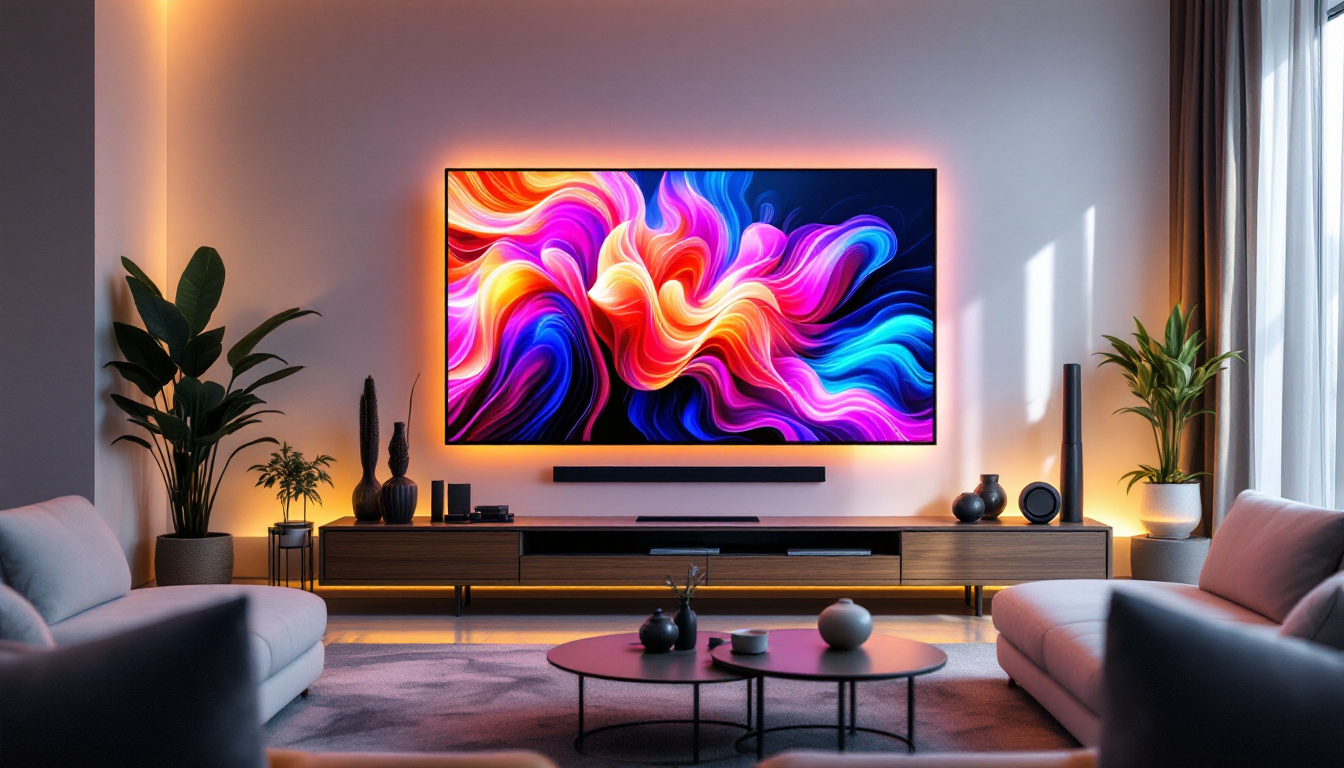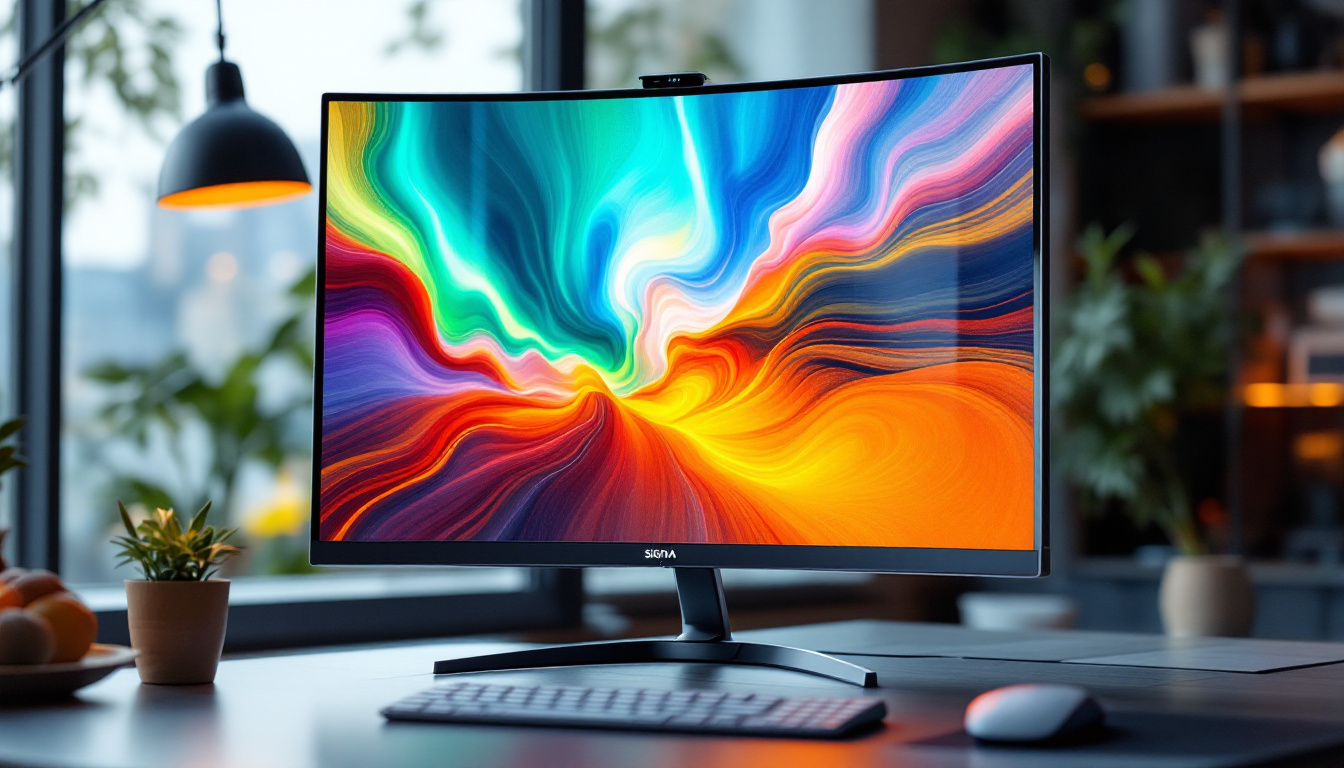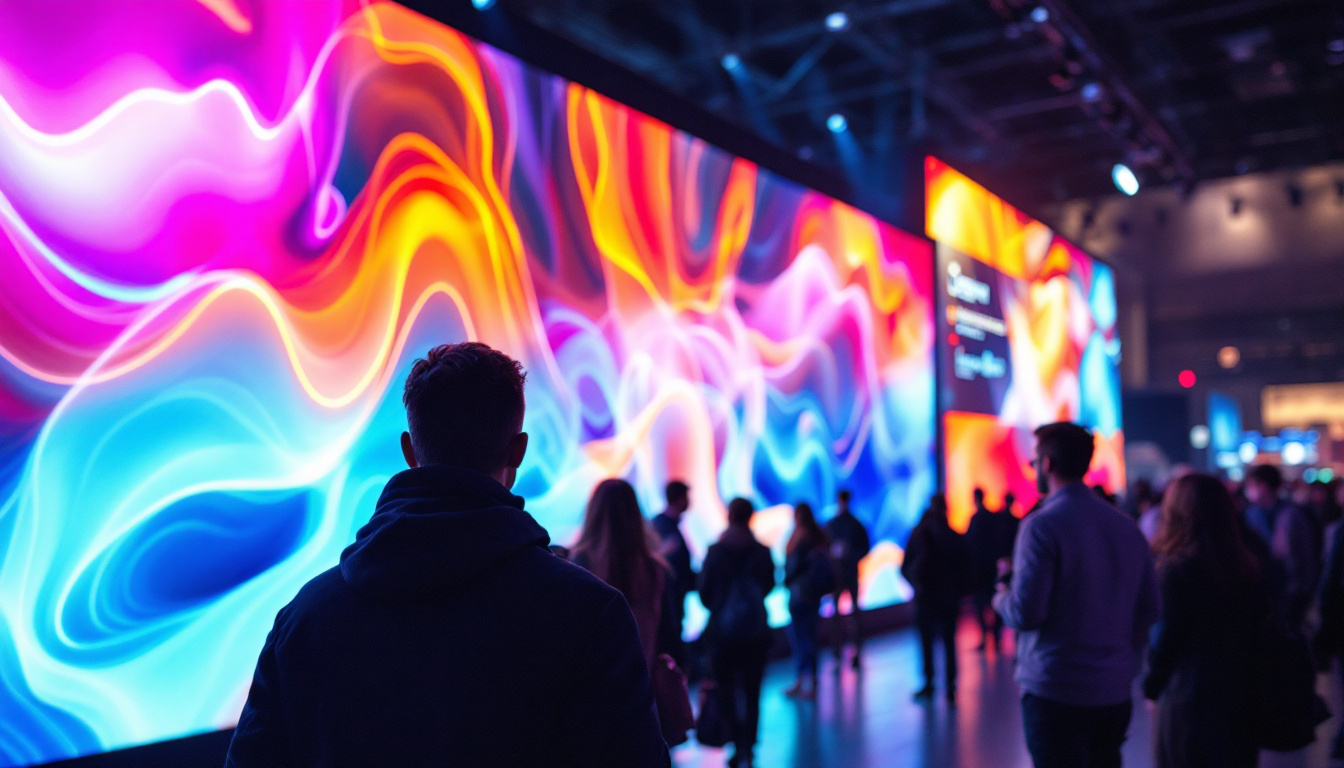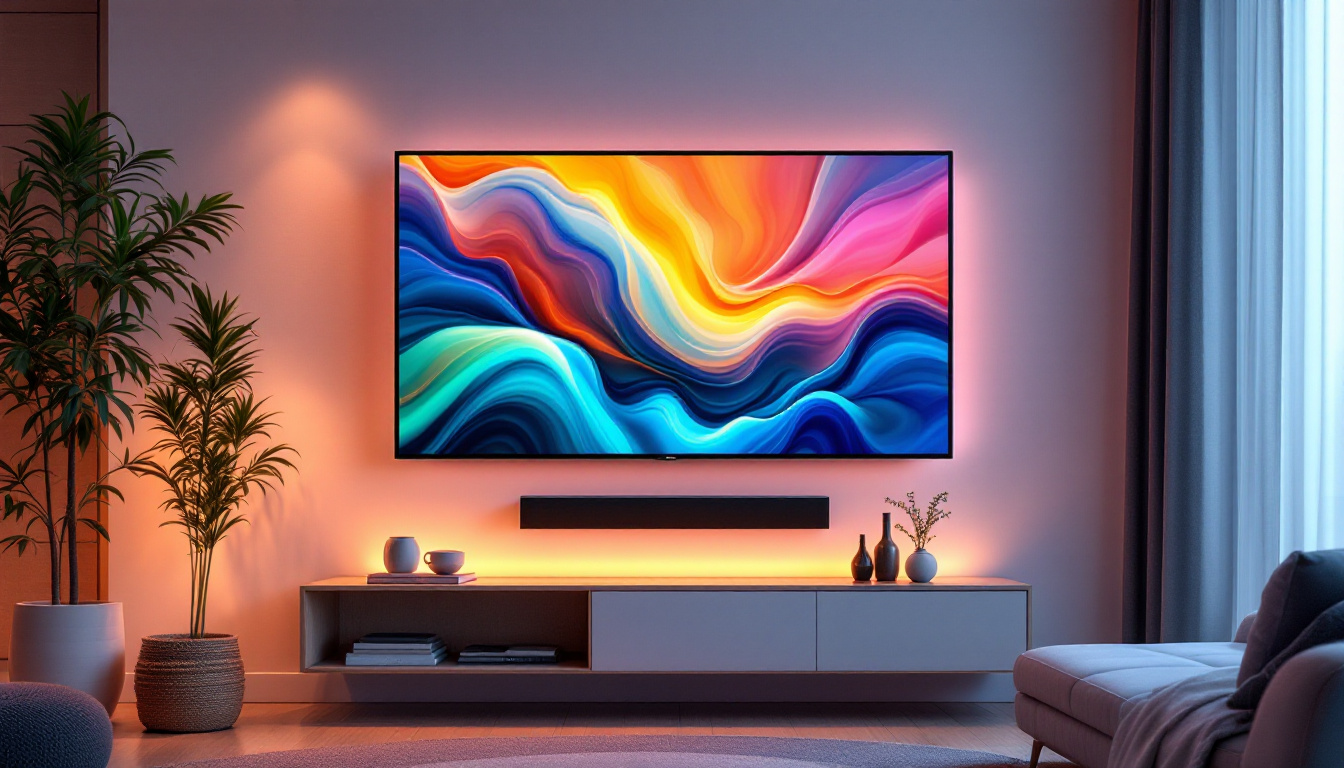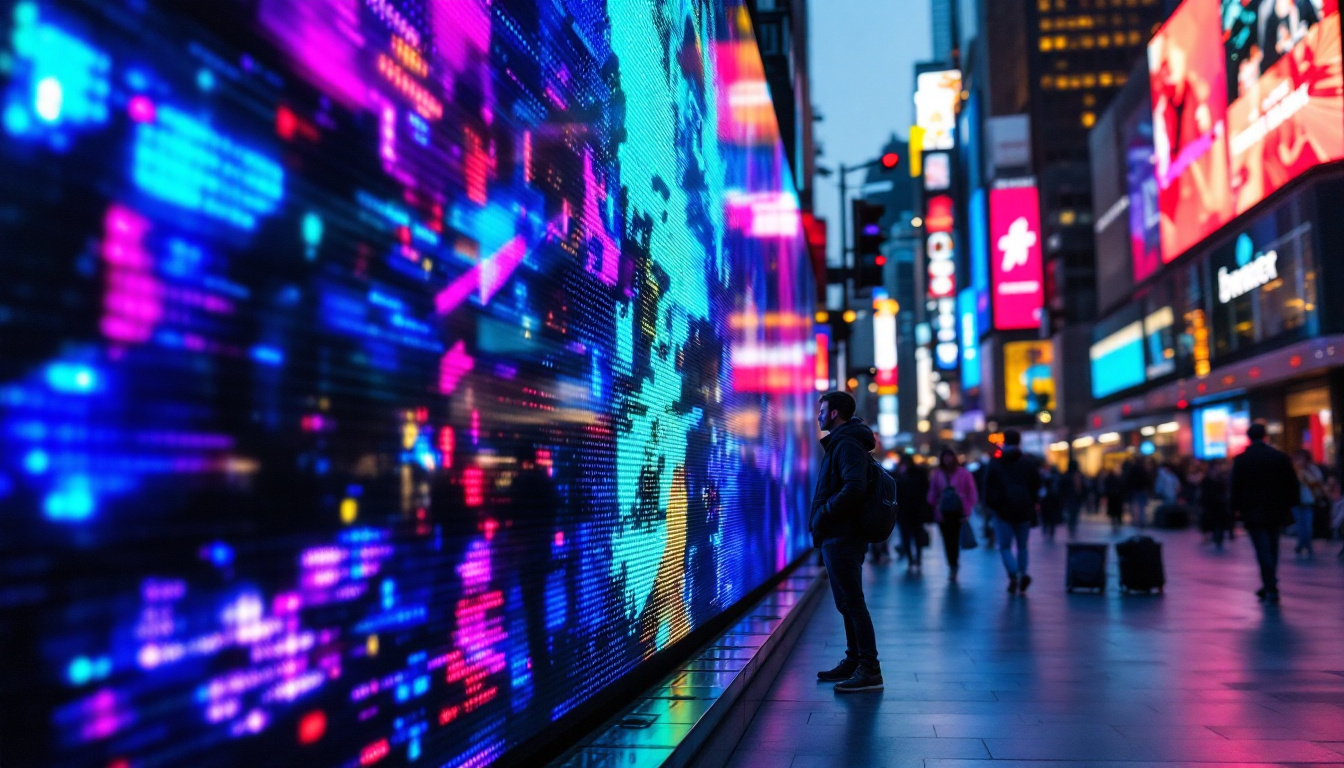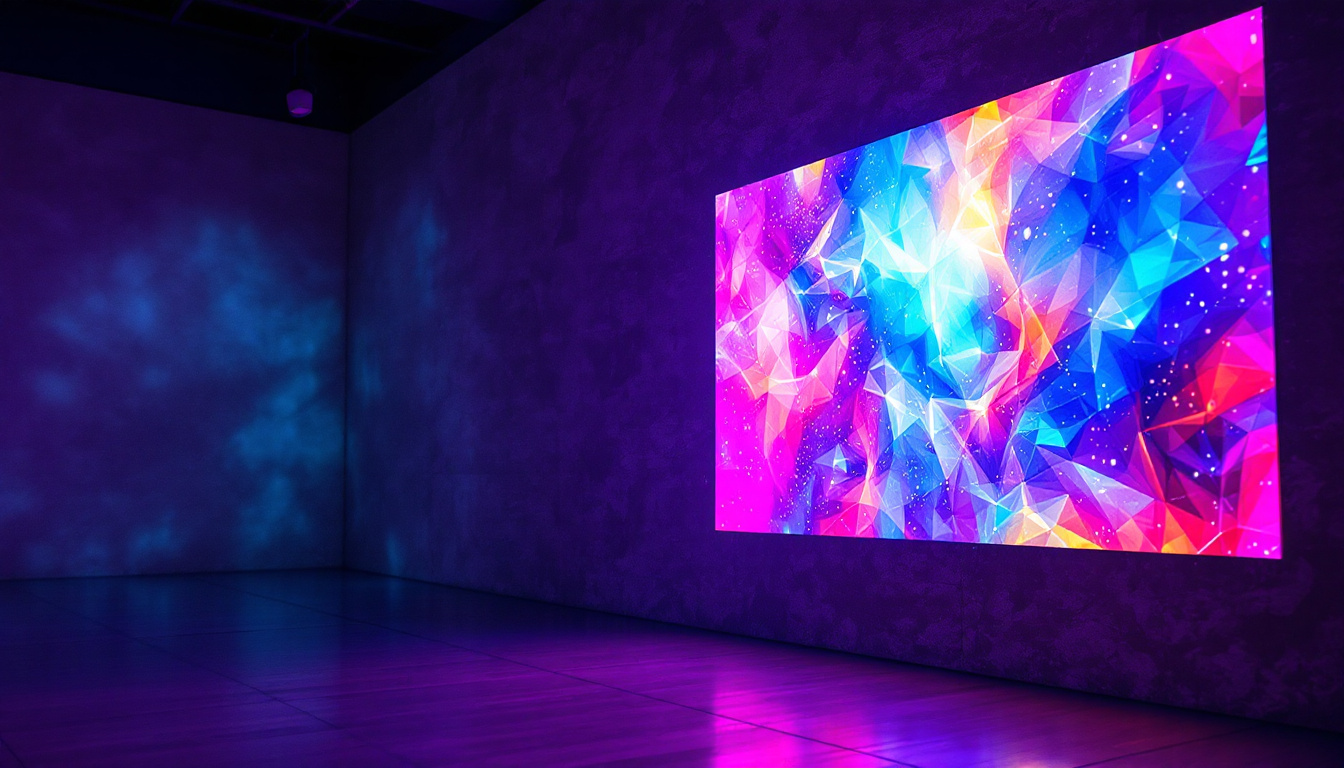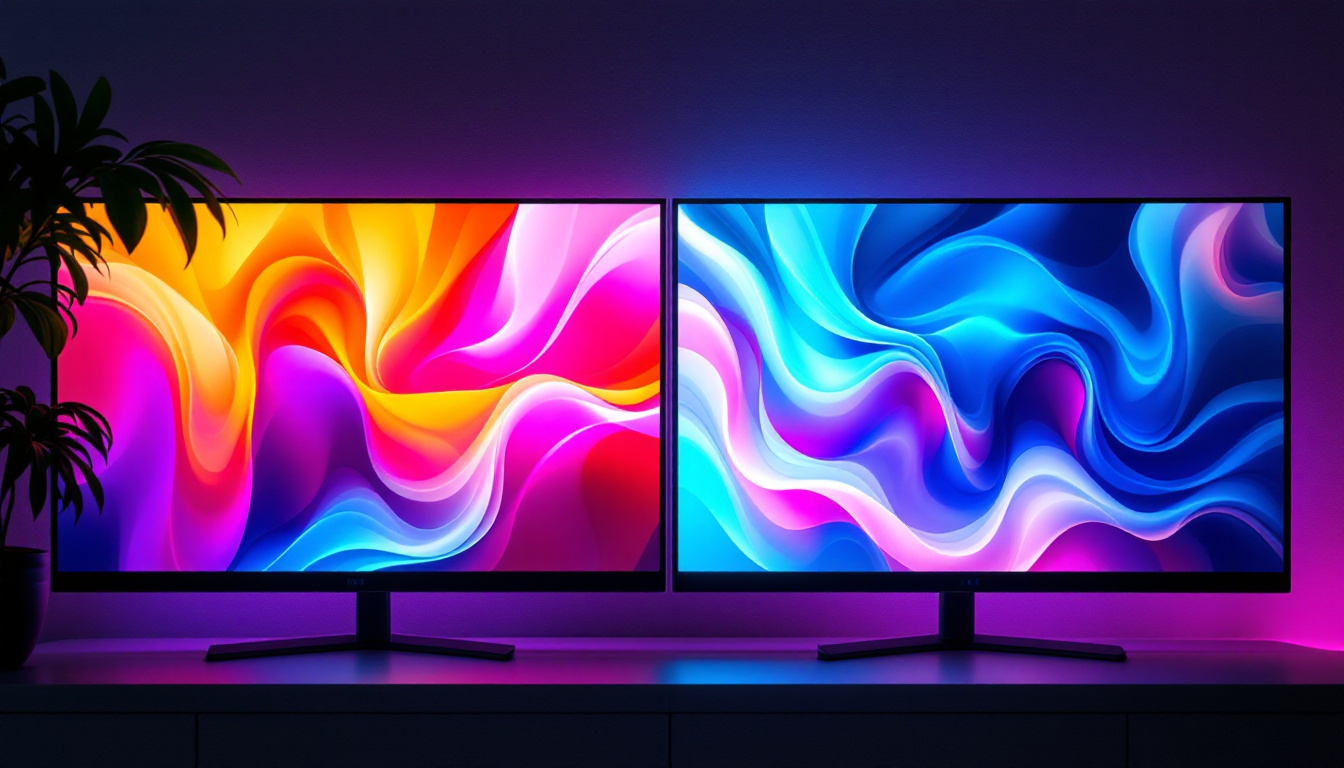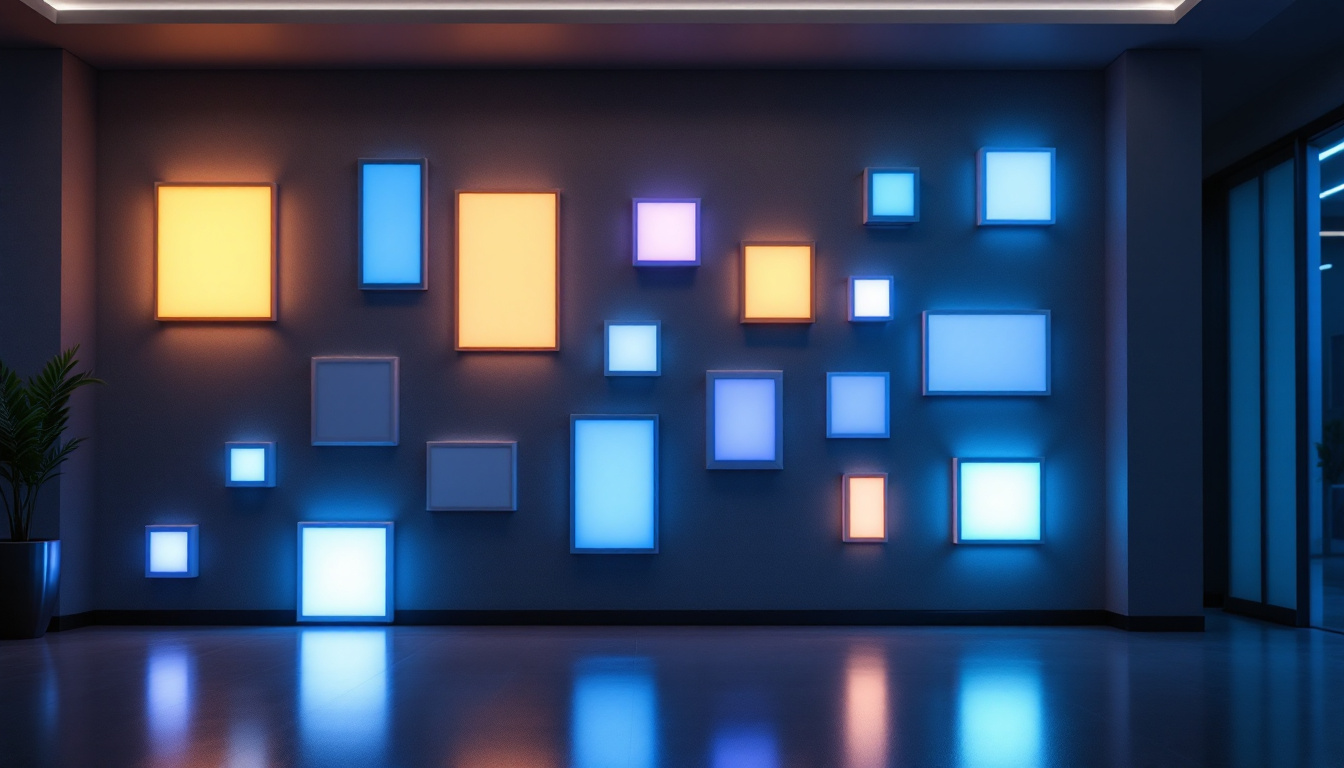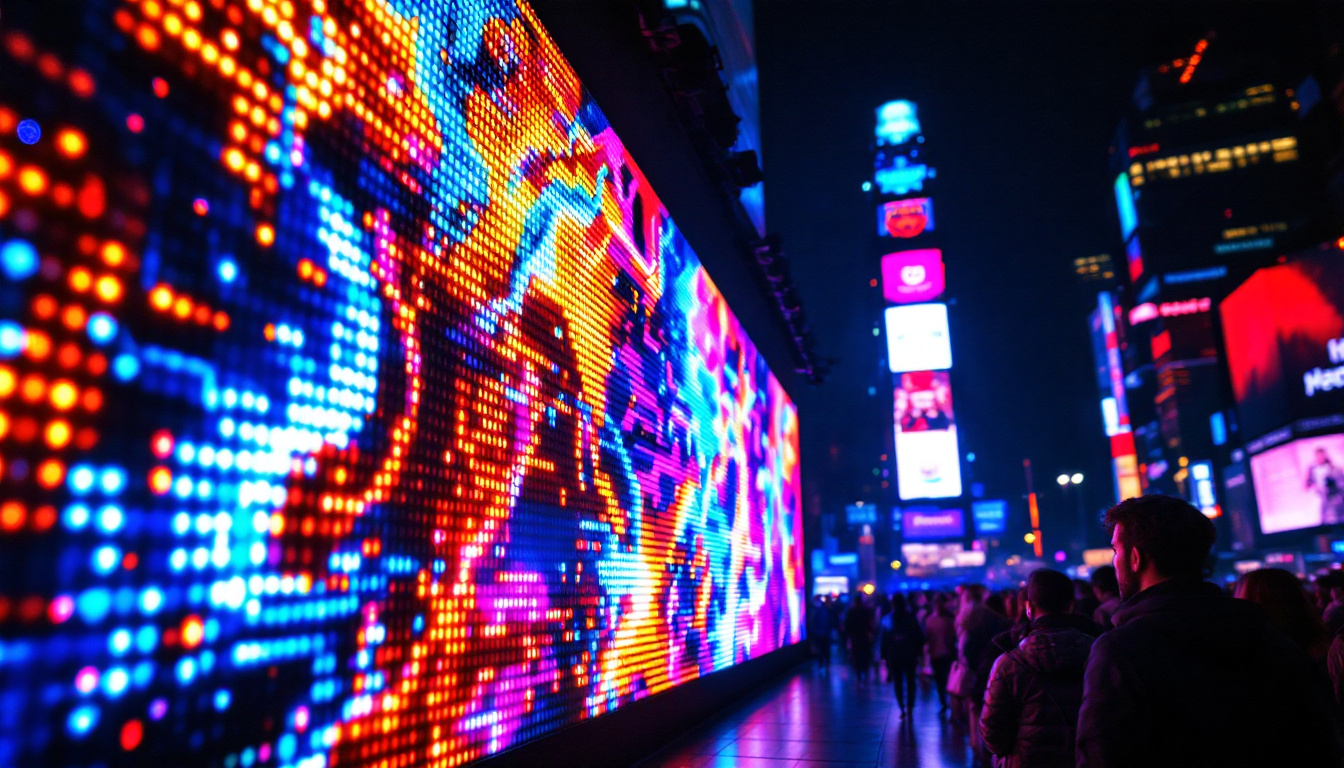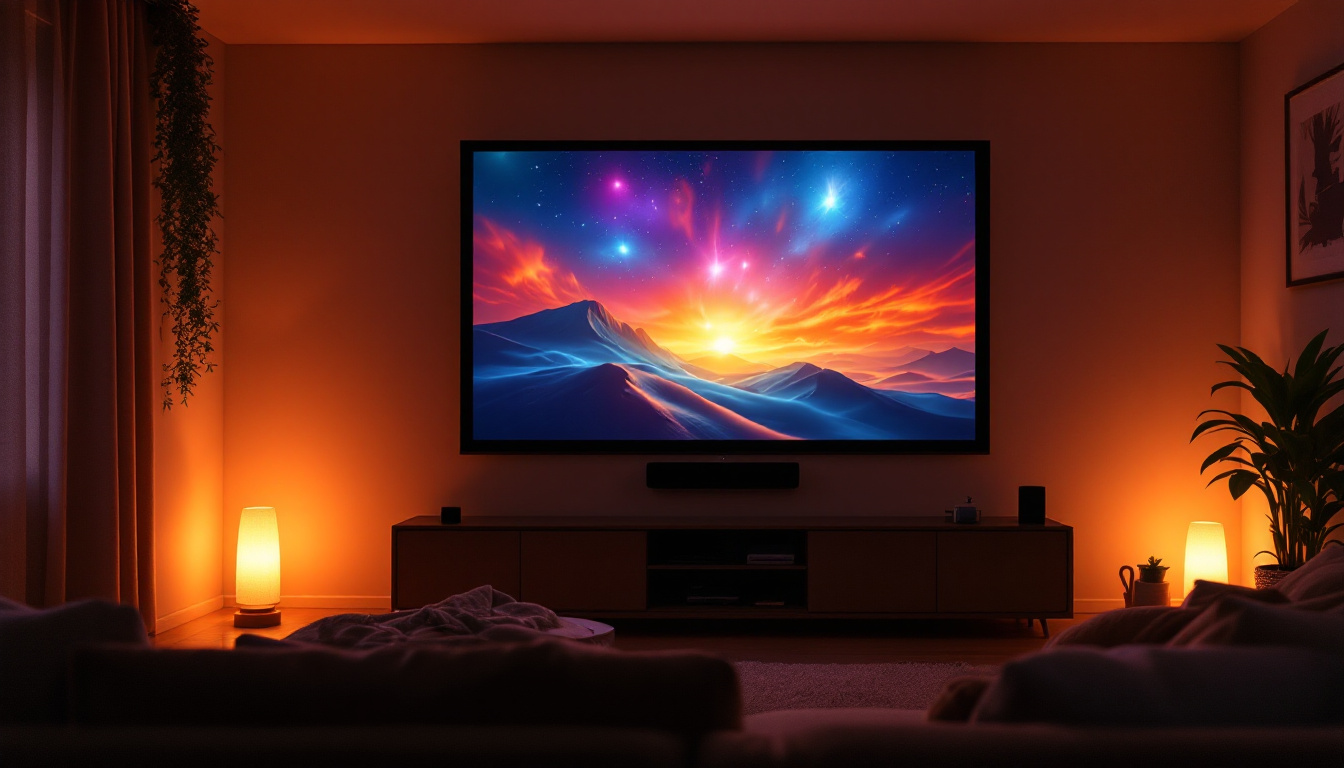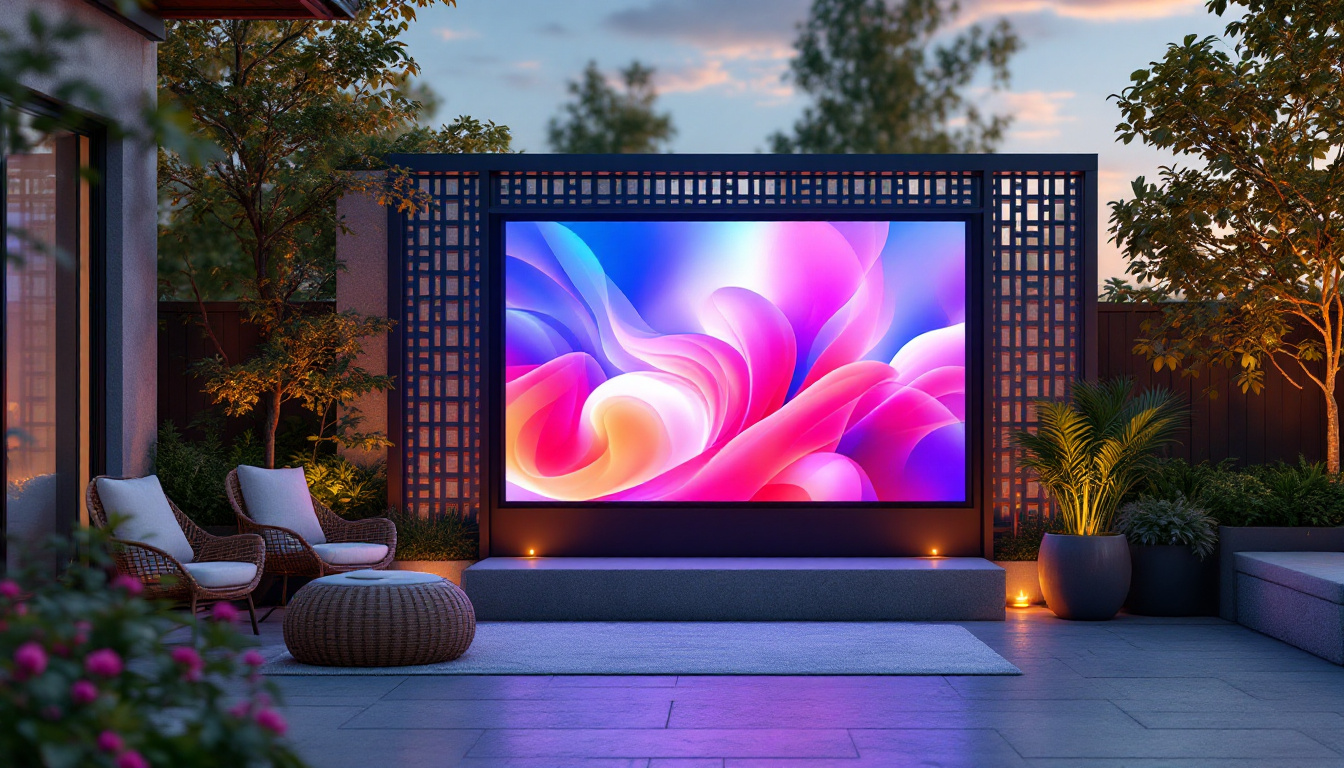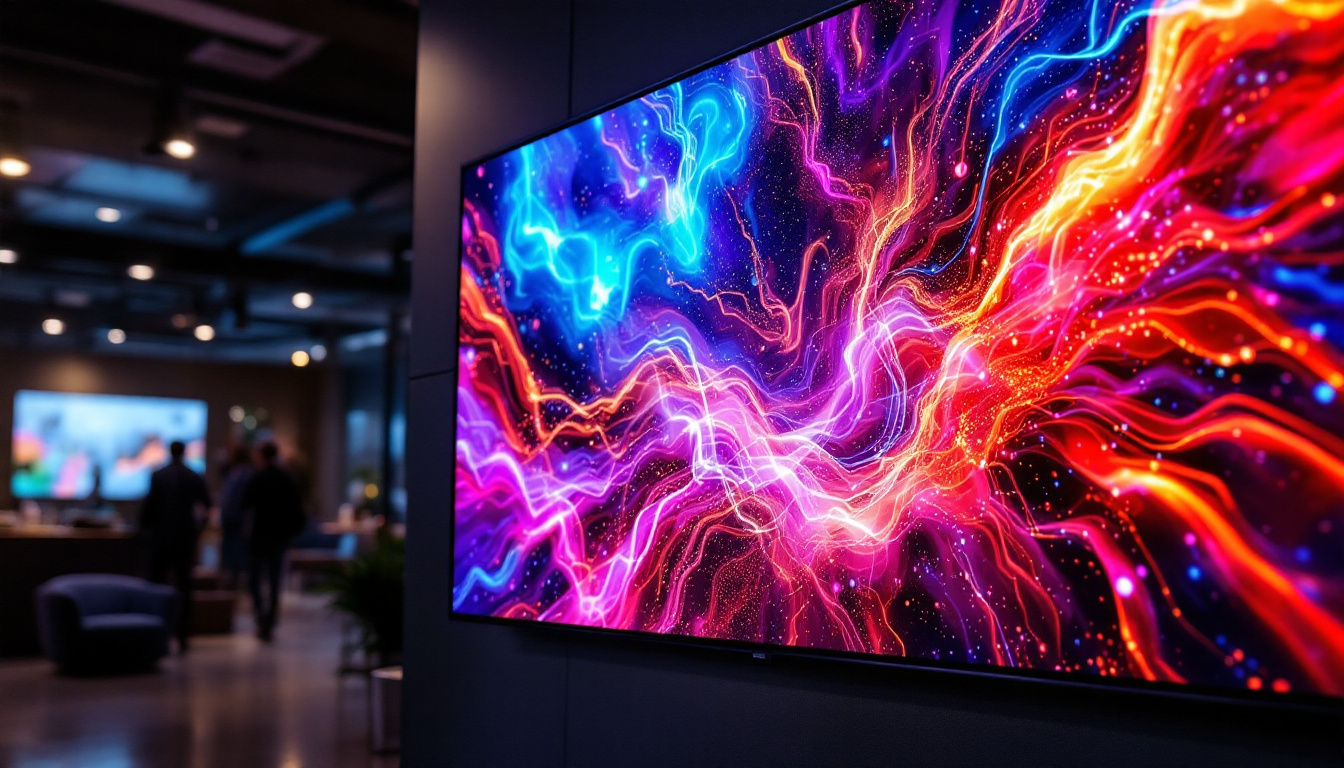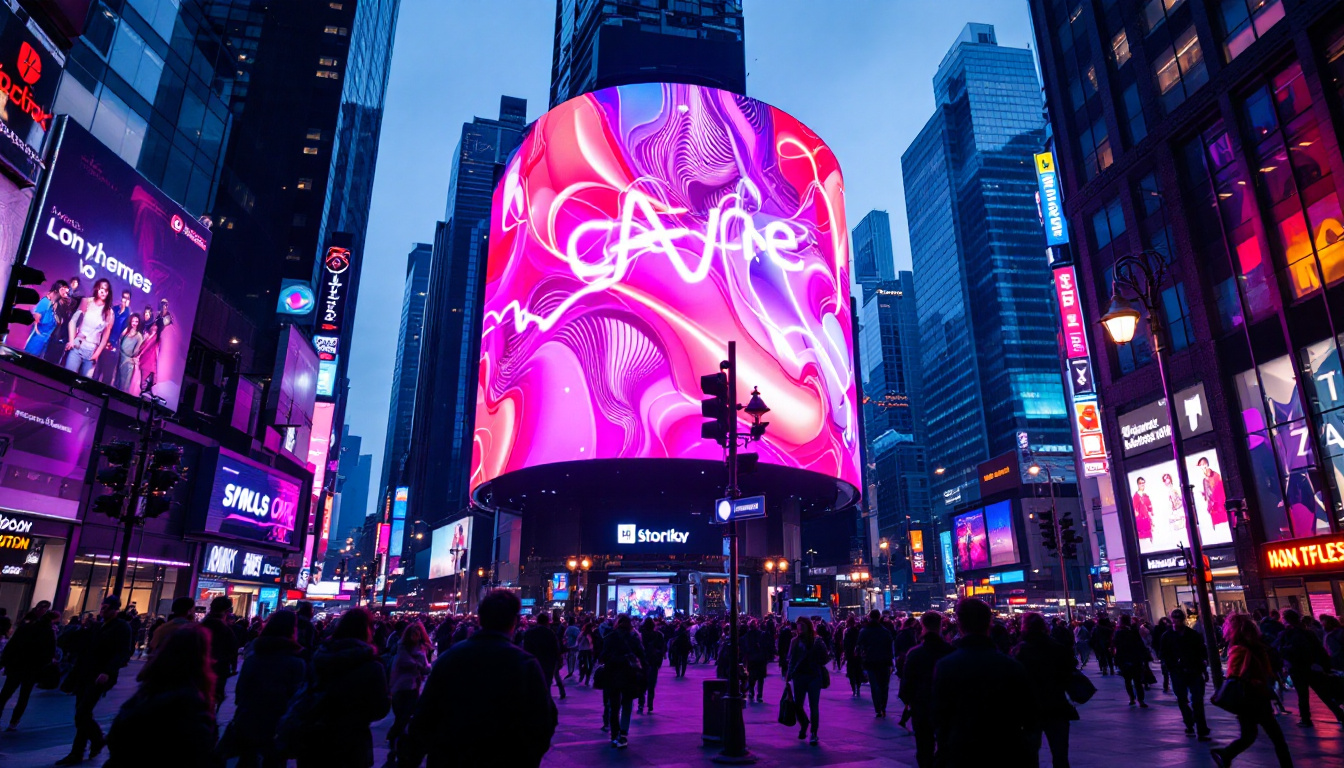In recent years, the cinema experience has undergone a significant transformation, largely due to advancements in display technology. Among these innovations, the 110 movie screen with LED display technology has emerged as a game-changer. This article delves into the intricacies of LED displays, their advantages, and the overall impact they have on the movie-watching experience.
Understanding LED Display Technology
LED, or Light Emitting Diode, technology has revolutionized the way visual content is presented. Unlike traditional projection systems that rely on bulbs to illuminate images, LED displays utilize an array of tiny diodes to produce light. This fundamental difference results in several unique characteristics that enhance the viewing experience.
How LED Displays Work
At the core of an LED display is a matrix of individual diodes that emit light when an electric current passes through them. These diodes can produce a wide spectrum of colors by varying the intensity of the light emitted. The combination of red, green, and blue (RGB) diodes creates a full-color spectrum, allowing for vibrant and dynamic visuals.
LED displays can be categorized into two main types: direct view and rear projection. Direct view LED displays consist of a flat panel made up of thousands of tiny diodes, while rear projection systems use LED technology to illuminate a screen from behind. Both types offer unique advantages, but direct view systems are more commonly used in large cinema screens due to their superior brightness and color accuracy.
Advantages of LED Displays in Cinemas
LED displays offer numerous benefits over traditional projection systems, making them an attractive option for modern cinemas. One of the most significant advantages is their exceptional brightness. LED screens can achieve higher levels of luminosity, ensuring that images remain clear and vivid even in well-lit environments.
Additionally, LED displays provide improved contrast ratios, resulting in deeper blacks and more vibrant colors. This enhancement allows filmmakers to present their work as intended, with a wider range of visual detail. Furthermore, LED technology is energy-efficient, consuming less power than traditional projection systems, which can lead to cost savings for cinema operators.
Another noteworthy advantage of LED displays is their longevity. Unlike traditional bulbs that require frequent replacements, LED diodes have a much longer lifespan, often exceeding 50,000 hours of use. This durability not only reduces maintenance costs but also minimizes downtime, allowing cinemas to maximize their operational efficiency. Moreover, the compact nature of LED technology enables innovative screen designs, such as curved or flexible displays, which can create immersive viewing experiences that were previously unattainable with conventional projection methods.
The versatility of LED displays extends beyond just cinemas; they are increasingly being utilized in various settings, including outdoor advertising, sports arenas, and even in home theaters. This adaptability showcases the technology’s capability to cater to diverse audiences and environments, further solidifying its place as a leading choice in visual display solutions. As the technology continues to evolve, we can expect even more advancements that will push the boundaries of what is possible in visual storytelling.
The Impact of 110 Movie Screens on the Viewing Experience
The introduction of 110 movie screens equipped with LED displays has transformed the cinematic experience for audiences. These large-format screens provide an immersive environment that enhances the storytelling aspect of films.
Immersive Viewing Experience
One of the standout features of a 110 movie screen is its size. Measuring 110 inches diagonally, these screens create a larger-than-life experience that draws viewers into the film. The expansive display allows for greater detail, making it easier for audiences to connect with the characters and narrative.
Moreover, the high-definition quality of LED displays ensures that every frame is rendered with stunning clarity. This level of detail enhances the emotional impact of scenes, allowing viewers to fully engage with the story. As a result, the overall cinematic experience is enriched, making it more memorable and enjoyable. The vibrant colors and deep contrasts provided by LED technology also bring out the subtleties in cinematography that might otherwise go unnoticed on smaller screens. This visual richness not only captivates the audience but also allows filmmakers to express their artistic vision more effectively, ensuring that every shot resonates with the viewers on a deeper level.
Enhanced Sound Integration
In addition to visual enhancements, 110 movie screens often come equipped with advanced sound systems that complement the LED display. The integration of high-quality audio technology ensures that viewers not only see but also hear every nuance of the film. This synergy between sight and sound creates a holistic experience that captivates audiences.
Many cinemas are now adopting immersive sound technologies such as Dolby Atmos, which allows sound to move in three-dimensional space. This means that viewers can experience sound from all directions, further immersing them in the film’s world. When combined with the visual prowess of an LED display, the result is an unparalleled cinematic experience. The careful design of soundscapes in films becomes even more pronounced, as viewers can feel the subtle shifts in audio that correspond with on-screen action. Whether it’s the rustling of leaves in a quiet forest scene or the thunderous roar of an explosion, the auditory experience is crafted to enhance the emotional stakes of the narrative, making each moment feel more intense and engaging. This attention to detail in both sound and visuals ensures that audiences leave the theater not just entertained, but profoundly moved by the stories they have witnessed.
Challenges and Considerations
While the advantages of LED displays are clear, there are also challenges and considerations that cinema operators must address. Understanding these factors is essential for making informed decisions about adopting this technology.
Initial Investment Costs
One of the primary challenges associated with LED displays is the initial investment required for installation. High-quality LED screens can be expensive, and the cost of retrofitting existing theaters can add to the financial burden. Cinema operators must weigh the long-term benefits against the upfront costs to determine if the investment is worthwhile.
However, it is essential to consider the potential return on investment. With the growing demand for premium viewing experiences, cinemas that adopt LED technology may attract more customers, leading to increased ticket sales and revenue over time. Furthermore, the ability to offer unique content, such as live events or immersive experiences, can set a cinema apart from its competitors, providing an additional incentive for patrons to choose their venue over others.
Maintenance and Longevity
Another consideration is the maintenance of LED displays. While LED technology is known for its durability, regular maintenance is crucial to ensure optimal performance. This includes cleaning the screens, checking for dead pixels, and ensuring that the electronic components are functioning correctly.
Fortunately, many manufacturers provide warranties and support services that can help mitigate these concerns. By investing in proper maintenance, cinema operators can extend the lifespan of their LED displays and continue to provide exceptional viewing experiences for their audiences. Additionally, training staff on basic troubleshooting and maintenance can empower them to address minor issues promptly, reducing downtime and ensuring that the displays remain in top condition. As technology continues to evolve, staying informed about the latest advancements in LED technology can also help operators make proactive decisions regarding upgrades and enhancements, further maximizing their investment.
Future Trends in LED Display Technology
The landscape of LED display technology is continually evolving, with new advancements on the horizon. As demand for high-quality visual experiences grows, several trends are emerging that may shape the future of cinema displays.
Higher Resolution Displays
As technology advances, the resolution of LED displays is expected to improve significantly. Current 4K displays are becoming the standard, but future innovations may lead to 8K and even higher resolutions. This increase in pixel density will allow for even more detailed images, enhancing the overall viewing experience.
Higher resolution displays will also enable filmmakers to experiment with new visual techniques, pushing the boundaries of storytelling and creativity. Audiences can look forward to a future where every detail is rendered with stunning clarity, making films more immersive than ever before.
Flexible and Curved Displays
Another trend gaining traction is the development of flexible and curved LED displays. These innovative designs allow cinemas to create unique screen shapes that enhance the viewing experience. Curved screens can provide a more immersive field of view, drawing viewers into the action and creating a sense of depth.
Flexible displays also open up new possibilities for creative installations, allowing cinemas to design custom configurations that suit their specific needs. As this technology continues to develop, it may lead to entirely new ways of experiencing films.
Conclusion
The 110 movie screen with LED display technology represents a significant leap forward in the cinematic experience. With its vibrant visuals, immersive sound, and potential for future advancements, this technology is poised to redefine how audiences engage with films.
While there are challenges associated with the initial investment and maintenance, the long-term benefits of adopting LED displays are substantial. As cinemas continue to embrace this technology, viewers can expect a more captivating and memorable movie-watching experience.
In a world where visual storytelling is paramount, the evolution of display technology will undoubtedly play a crucial role in shaping the future of cinema. The 110 movie screen is just the beginning of an exciting journey toward enhanced entertainment experiences.
Discover the Future of Cinematic Visuals with LumenMatrix
Ready to elevate your cinematic experience with the latest in LED display technology? LumenMatrix, a pioneer in innovative LED solutions, invites you to explore our diverse range of cutting-edge LED display modules. From immersive Indoor and Outdoor LED Wall Displays to dynamic Vehicle and Sports LED Displays, our products are designed to captivate your audience and amplify your message. Experience the future of visual storytelling with our All-in-One LED Displays, LED Transparent Displays, and more. Check out LumenMatrix LED Display Solutions today and transform your space into a visual spectacle.

